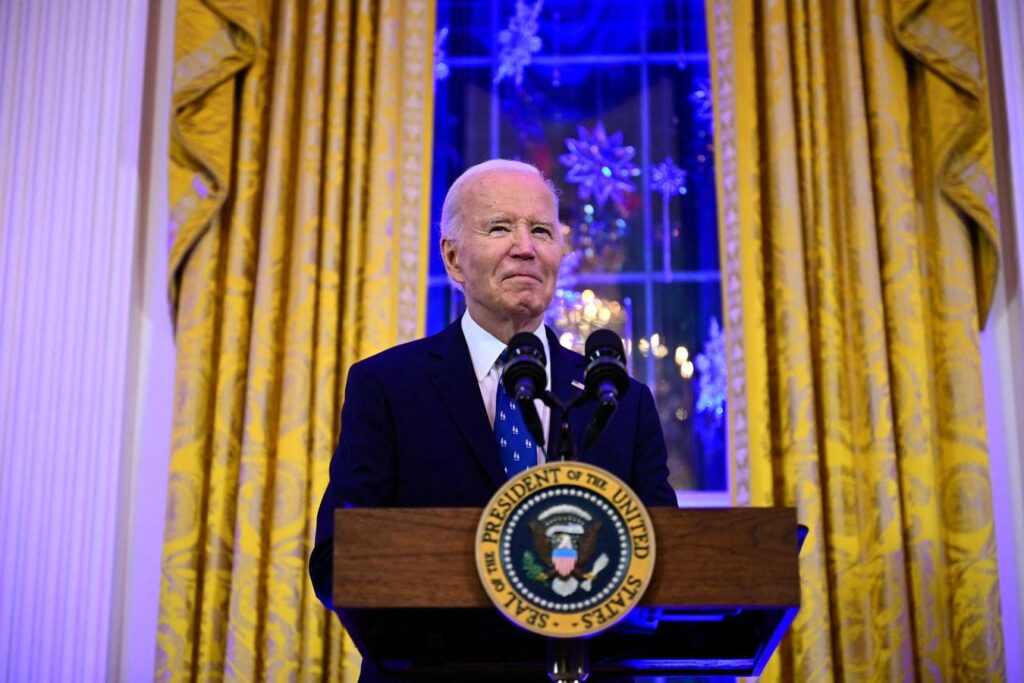The Department of Education, under the Biden Administration, confirmed this week that the Pay As You Earn (PAYE) and Income Contingent Repayment (ICR) Plans are re-opened for enrollments, with some restrictions due to the ongoing lawsuits.
In updated guidance shared this week, the Department of Education confirms: “As of December 16, 2024 borrowers may apply for the following IDR plans: Pay As You Earn (PAYE), SAVE (previously known as REPAYE), Income-Based Repayment (IBR), and Income-Contingent Repayment (ICR), if borrowers meet any plan specific eligibility requirements.”
However, not all features of the plans may be in effect because of the lawsuits.
PAYE And ICR
The PAYE and ICR plans were originally closed to new enrollment on June 30, 2024 due to the advent of the new SAVE plan. However, when the SAVE plan was put on hold by the courts, the Department of Education issued rules to re-open the PAYE and ICR plans for borrowers who may want to select these options.
The PAYE student loan repayment plan caps your monthly student loan payment at 10% of your discretionary income, which is set at 150% of the poverty guidelines. PAYE also provides loan forgiveness after borrowers are enrolled in the plan for 20 years. However, to qualify, borrowers must have a partial financial hardship, meaning that the PAYE payment would be lower than what they would pay under the Standard 10-year Repayment Plan.
The ICR student loan repayment plan is not as generous, as it caps your monthly student loan payment at the lesser of 20% of your discretionary income or what your payment would be on a fixed 12-year payment plan, after you adjust it for income. However, discretionary income under this plan is calculated at 100% of your state’s poverty guideline. Forgiveness on ICR takes up to 25 years.
Are Loan Servicers Processing Changes?
The Department of Education confirmed that student loan servicers (like MOHELA and Aidvantage) are processing student loan repayment plan requests. According to the updated statement, “In the coming weeks, the Department expects servicers to begin processing certain IDR applications that were paused following court orders affecting the terms and availability of IDR plans.”
They also confirmed that “Servicers will also process applications for recalculations for IBR, ICR, and PAYE. Servicers will have applications in the queue that will take some time to work through.”
However, according to reports from borrowers on Reddit, loan servicers are estimating the backlog of repayment plan applications could take upwards of 8 weeks or more to process.
According to the Department of Education, “If servicers need time to process a borrower’s IDR application, servicers will move the borrower into a processing forbearance for up to 60 days. Interest accrues during this short-term processing forbearance, and time in the processing forbearance is eligible for PSLF and IDR forgiveness. If the borrower’s application is not processed by their servicer within 60 days, the borrower will be moved into a general forbearance that does not count toward PSLF or IDR until their application is processed. Interest will not accrue in this general forbearance. “
What About Loan Forgiveness?
It’s important to note that loan forgiveness under PAYE and ICR is currently blocked, just like any SAVE loan forgiveness. Only loan forgiveness for borrowers under the Income Based Repayment (IBR) plan is currently being processed, since this program was enacted separately by Congress.
However, for borrowers who reach the loan forgiveness time milestones under these plans, the Department of Education has announced that borrowers would move to an interest-free forbearance while they wait.
“Borrowers who reach their plan’s repayment milestone—that is, 25 years in repayment for borrowers on any of these plans or 20 years for borrowers in PAYE or undergraduate-only borrowers in SAVE—will be moved into an interest-free forbearance, if they are not already in a forbearance as a result of the litigation.”
Who Should Consider Switching?
With these latest updates in mind, should borrowers consider switching to PAYE or ICR if they qualify? For most borrowers under the SAVE litigation forbearance, the answer is no.
Since borrowers on the SAVE litigation hold are in an interest-free forbearance, there are no payments due and no interest is accruing. Borrowers should, instead, be using this time to improve their finances, save their estimated payments, and plan for what payments could look like when they resume.
However, for borrowers who are close to achieving loan forgiveness under Public Service Loan Forgiveness (PSLF), there may be opportunities under these plans to achieve your loan forgiveness milestone of 120 payments. For borrowers close to the 120 payment mark (say, within 5-6 months of payments), switching payment plans may get you to the 120 mark quicker than waiting for the SAVE litigation to resolve.
The other option is PSLF Buy Back, which will allow borrowers to buy back missing PSLF credits once they reach 120, but this program is currently difficult to navigate and requires a borrower to hit the 120 milestone before taking action.
The Buy Back may be a better option for borrowers who have less than 100 payments credited towards PSLF.
Read the full article here

